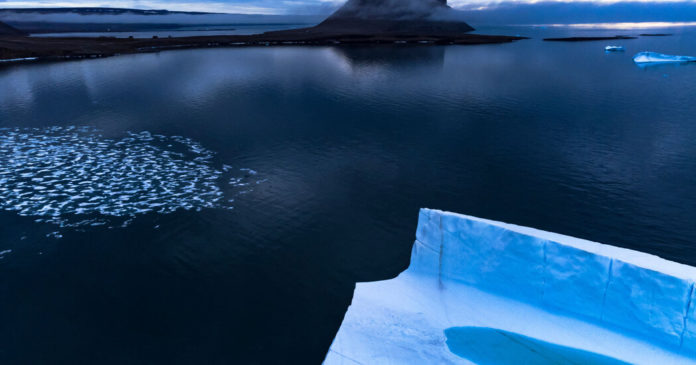The new analysis, published in the journal Communications Earth and Environment, begins with data from 1979, when accurate temperature estimates from satellite sensors first became available. The researchers also defined the Arctic as the area north of the Arctic Circle, above about 66 degrees latitude.
Thomas Ballinger, a researcher at the University of Alaska Fairbanks, said the issue of how the region is defined “is a very, very relevant conversation for understanding Arctic change.” A bigger Arctic would include more land, reducing the impact of the ice-ocean feedback on average temperatures.
Dr. Ballinger, who was not involved in either study, is an author of the annual Arctic Report Card prepared for the National Oceanic and Atmospheric Administration. He said some of the findings in the Finnish study were especially interesting, including those showing very high rates of warming in the late 1980s and 1990s. “That really was when Arctic amplification rates were the strongest,” he said.
The earlier study, published last month in Geophysical Research Letters, looked at data from 1960 onward and defined a larger Arctic, north of 65 degrees latitude, which includes more land. They found that the rate of warming reached four times the global average starting about 20 years ago. And unlike the Finnish study, they found that there were two decade-long periods, from the mid-1980s to the mid-1990s, and in the 2000s, with large jumps in warming in the region.
“It doesn’t change continuously, it changes in steps,” said Manvendra K. Dubey, an atmospheric scientist at Los Alamos. And because these are decade-long periods, they suggest that natural climate variability, as well as warming resulting from increased emissions of greenhouse gases from human activity, were involved.
Dr. Rantanen said his group’s results also suggest a role of natural variability in the rate of warming, perhaps some long-term changes in ocean or atmospheric circulation.
Source : Nytimes













